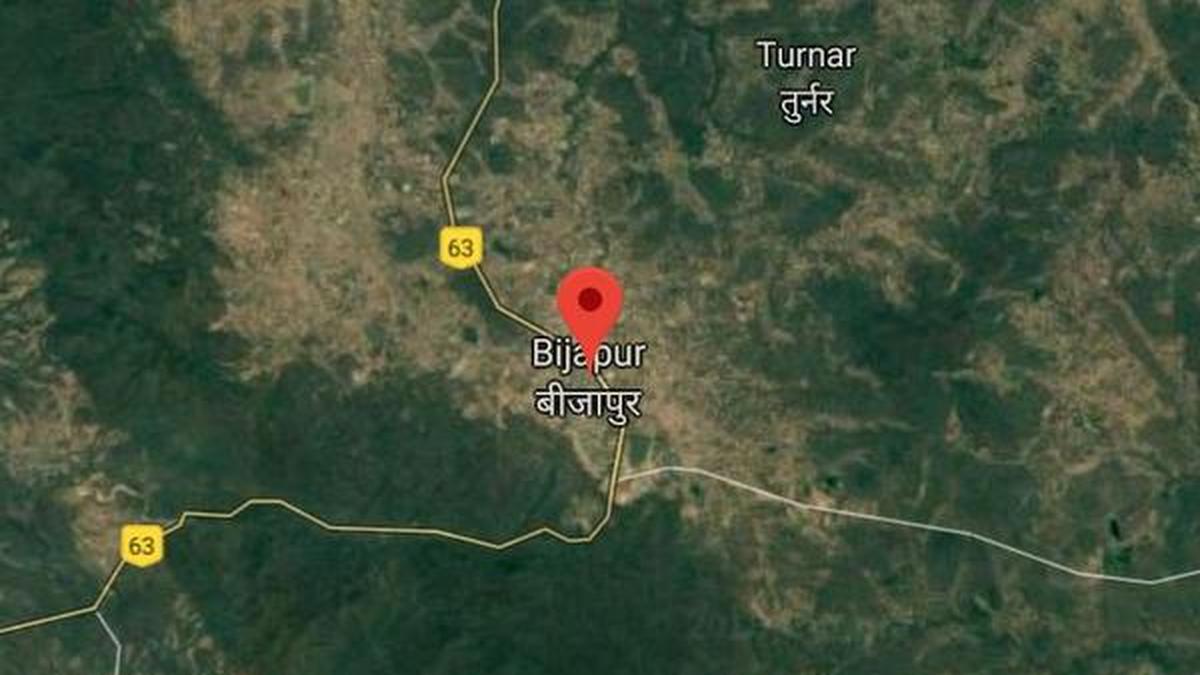In her quiet Bengaluru home, author and educationist Sharada Nayak drifts back to a midnight 79 years ago, when the air was filled with hope, pride and promise of tomorrow.
As Jawaharlal Nehru’s “Tryst with Destiny” echoed not only in the central hall of Parliament, but through the lengths and breaths of a young India, Ms. Nayak, only about 14-years-old then, was present in the Parliament.
“I still get goose pimples thinking about it,” says the 93-year-old who believes she might be one of the last persons living to have attended the ceremony.
Witnessing history
Ms. Nayak’s father, A.V. Pai, held important positions in pre and post-independent India. An Indian Civil Service officer during the British Raj was sent as an agent to Ceylon, where he played a crucial role in unionising the oppressed Tamil plantation labourers. Nehru visited Ceylon during the same period, and that was the beginning of a bond that lasted for decades that followed.
In June 1947, Nehru asked Pai to accompany Vijaylakshmi Pandit to Moscow to establish the first Indian Embassy. Pai, however, declined, citing his father’s terminal illness and the schooling of his young children.
“Nehru lost his temper. Your father’s illness and your children’s education are of secondary importance; Your duty to your country comes first, he said,” Ms. Nayak notes. Pai subsequently left for Moscow along with his wife, Tara Pai, leaving Ms. Nayak and her younger sister in Delhi under the care of house help.
H.V. Kamath, a constituent Assembly member then and later a parliamentarian, was a relative and dropped by frequently to check in on the children. During one such visit, he mentioned the upcoming midnight session on 14 August. Ms. Nayak, who grew excited, wondered if she could attend the historic moment. Kamath got her two passes.
“I went with a neighbour and we were in the gallery. Most other guests were officials. Since I was little, they gave me the front seat. I peeped over the ledge and looked down as Nehru made his speech. For me, especially given that I was in my teens when you are very idealistic, it all felt very exciting. I remember that night very fondly,” she reminisces.
A natural choice
Post-independence, Nayak went on to complete her studies and became the executive director of the United States Educational Foundation in India, overseeing the Fulbright Exchange programme. She also founded the Educational Resources Trust, which focuses on teacher training and student workshops on citizenship, gender studies, and political awareness.
She feels education as a path to pursue came naturally to her, with her great-grand uncle being Ammembal Subba Rao Pai, a pioneer who founded the Canara High School and Canara Bank.
As an educationist, she feels the biggest gap in the Indian education system is the rote learning model. “Everything is being learned by heart and vomited out onto the exam papers. Even in our religions, we learn things by heart and simply repeat them. What we miss is the ability to be innovative and to inquire. I would like our students not to learn from textbooks, but to be given assignments that prompt them to be creative and develop their own opinions,” she says.
On textbook revision
Ms. Nayak also records her displeasure with the recent changes in the NCERT textbooks, where several chapters related to the Mughal era and Hindutwa extremist organisations’ displeasure towards Mahatma Gandhi were deleted.
“I don’t like them because they’re all politically motivated. Whoever is in power at a time will put what suits their ideologies in the book. I don’t like textbooks as such,” she said.
Published – August 14, 2025 10:02 pm IST

